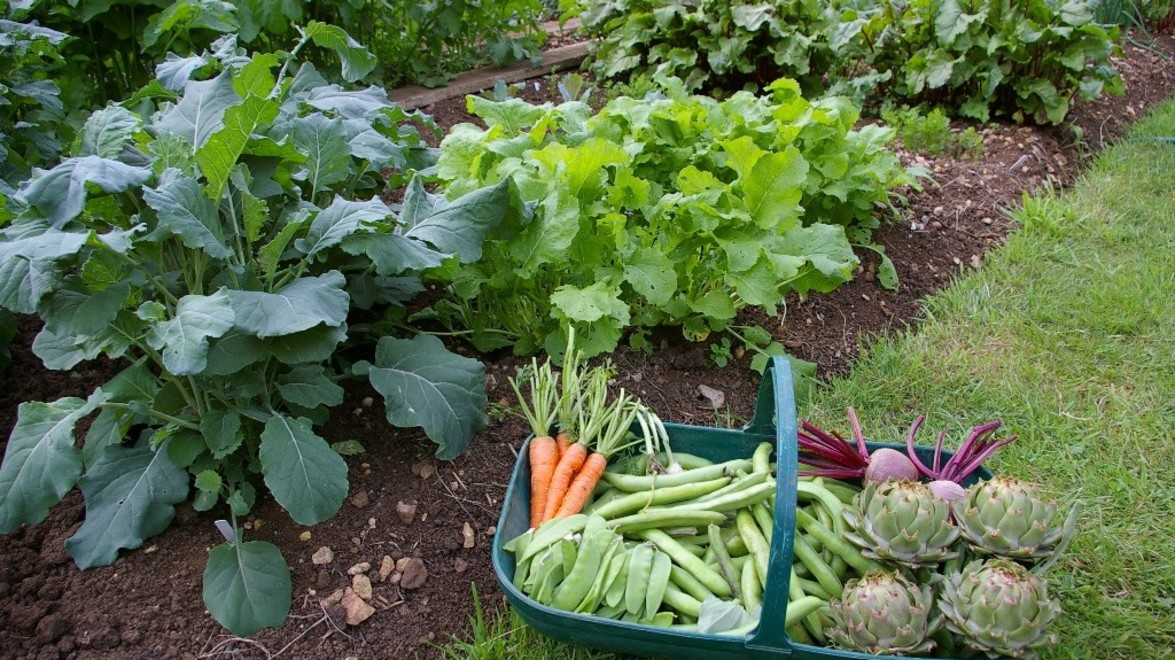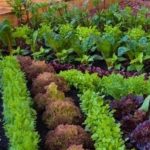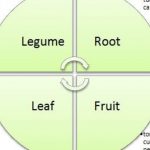
Why you should rotate crops in your edible garden:
**What is crop rotation?**
Crop rotation involves dividing your chosen “crops” into four main categories and rotating their placement yearly. Maintaining the same rotation pattern very year ensures that each area receives all four plant families in a four-year period.
**Why rotate your crops?**
*Disease Prevention:*
The main reason to rotate crops is to prevent the spread of diseases from plant to plant. Disease organisms can build up over time in the soil, resulting in the death of crops year after year. Different plants will be more susceptible to certain diseases that will then thrive on those plants.
*Insect control:*
Crop rotation can help reduce insect infestation between plants in the same way it will reduce disease.
*Nutrients:*
Different families of plants will consume specific nutrients in the soil. Rotating crops will ensure nutrients are not being depleted in the soil and allow the soil to regain this lost nutrients from the previous year. Some plants enhance the soil so rotating will also ensure the opportunity for those plants to organically condition and enrich the soil.
**Where do I start?**
Start by dividing your vegetable garden into four main sections then begin to choose your crops. When choosing your crops divide them into four groups:
***Legumes:***
– Beans
– Pees
– Lima beans
– Potatoes
***Roots:***
– Onions
– Garlic
– Turnips
– Beets
– Carrots
– Radishes
***Fruits:***
– Peppers
– Tomatoes
– Corn
– Cucumber
– Berries
– Squash
– Melons
***Leaves:***
– Salad greens
– Lettuce
– Cabbage
– Broccoli
– Brussel sprouts
– Edible flowers (teas)
Place each group in a quadrant of the garden. Every year, plant each group in a different quadrant of the garden, following a circular rotation style.
Do you grow your own edible garden? We’d love to see it! Share a photo on our [Facebook page](https://www.facebook.com/GeldermanLandscapeServices/) or tag us on Instagram (@geldermanlandscapeservices).
*Post contributed by Chelsea Mills, Landscape Designer*



 up the mess for our resident dogs.
up the mess for our resident dogs.